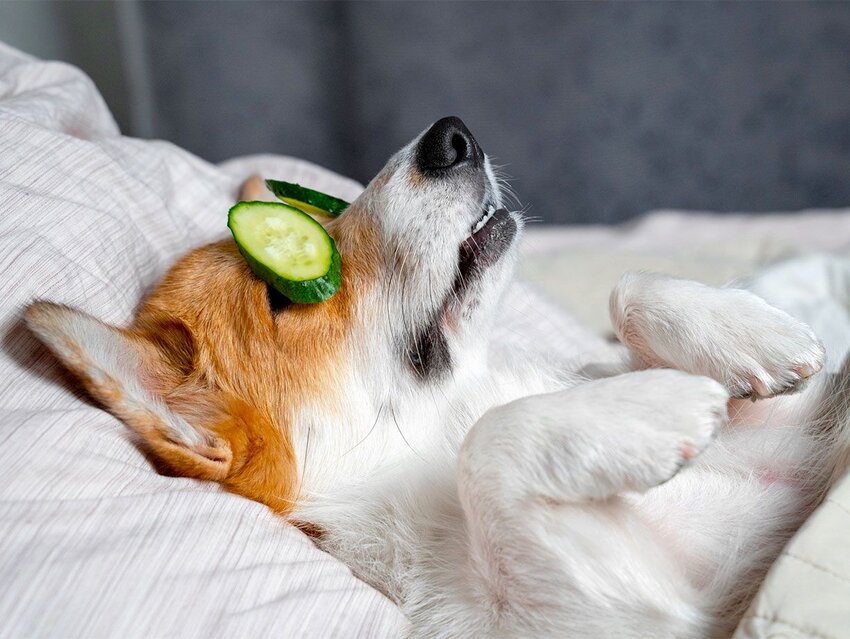For many, the word “luxury” evokes images and feelings steeped in the senses — the softness of cashmere, the smooth taste of top-shelf liquor, the view of the Amalfi Coast while sunbathing on a yacht. There is something inherently sensual in the concept of luxury; it suggests pleasure and richness beyond just financial wealth. The word itself is defined as “the state of great comfort and extravagant living,” or “an inessential, desirable item which is expensive or difficult to obtain.”
It’s maybe no surprise, then, that the word’s roots reveal sinfulness; it was originally synonymous with “lechery,” which means “excessive or offensive sexual desire; lustfulness.” “Luxury” appeared in English around 1300, meaning “sexual intercourse” — by the mid-14th century, it meant “lasciviousness, sinful self-indulgence,” and by the late 14th century, “sensual pleasure.” It comes from the Old French luxurie, which means “debauchery, dissoluteness, lust,” and from the Latin luxuria, meaning “excess, extravagant living, profusion,” and the Latin luxus, meaning “excess, extravagance, magnificence.”
In its most ancient form, “luxury” was simultaneously excessive and magnificent, but this took a detour to sinfulness before the modern usage returned to the Latin origins.
A Lust for Luxury
In his book The Idea of Luxury: A Conceptual and Historical Investigation (1994), professor of political theory Christopher J. Berry notes that in the Oxford English Dictionary, “the first meaning of ‘luxury’ is lust or lasciviousness, and a line from Chaucer’s Man of Law Tale — ‘O foule lusts of luxurie’ — is cited.” However, he goes on to say that in the more modernized Penguin edition, the same line is given as “Foul lust of lechery,” which, he writes, “says something about the meaning of ‘luxury’ in the 14th century.”
The rise of Christianity further assigned “luxury” its sinful status; the Middle Ages saw “a series of ecclesiastical condemnations of luxury goods like spices and State attempts, in assorted acts of apparel, to prevent the wearing of clothes deemed above one’s station.” As trade expanded and Europe was pulled out of the Dark Ages and into the Renaissance, there were simply more things to indulge in, and people had more financial resources with which to indulge. As Berry says, “Luxury came to take its place as a sin in opposition to sobriety and chastity.” To indulge in luxury goods implied a lack of temperance and restraint.
Excess for Everyone
Interestingly, the church became a “major consumer of luxuries — whether investing in fine architecture, or producing beautiful illuminated manuscripts. Luxury was employed in the service of God.” The Italian Renaissance saw a boom in production of luxury goods, and stationed on the Mediterranean, Italian city-states became major hubs of trade. Wealth, art, and education erupted, and as consumerism grew as a social and economic force, the church could no longer treat luxury as a sin.
By the 17th century, the English word “luxury” lost its pejorative (lecherous) connotation. It came to mean “a habit of indulgence in what is choice or costly.” By 1704, it meant “sumptuous surroundings,” and by 1780, it was “something choice or comfortable beyond life’s necessities.” English speakers began using the adjective “luxurious” in the early 20th century. Note that these definitions are morally neutral — they don’t necessarily celebrate luxury, but they don’t assign sinfulness to it either.
The Luxury of Doing Nothing
Luxury remains aspirational — something anyone can achieve with a little effort. Luxury can mean different things, depending largely on where one falls along the tax brackets. In the video for Gwen Stefani’s 2009 song “Luxurious,” Stefani and her girlfriends head to a run-of-the-mill neighborhood nail salon for a fresh set of acrylics while she sings, “Working so hard, every night and day, and now we get the payback.” A manicure is luxurious in the sense that it’s unnecessary, but it’s priced as such that it’s attainable for the average person.
Furthermore, a trip to the nail salon is an hour where one is able to sit, relax, and disconnect. In a plugged-in world, “luxury” has come to mean “idle time.” In a 2007 New York Sun article titled “Luxury Defined,” Pia Catton writes that “stretches of free time are harder to come by than most material goods. Those idle hours are more precious, more lusted after, than items that were once considered expensive rarities. The ‘silks, jewels, and rare fruits’ of the dictionary example can be had just about anywhere. Old Navy sells cashmere.” In this evolution, “luxury” is more frequently attributed to places and experiences: “luxury cruise,” “luxury condo,” “luxury spa.”
Elements of luxury’s “lecherous” roots remain, namely in the way luxury goods are advertised, modeled by conventionally attractive people styled in sexualized ways. There’s historical and linguistic precedence for this — Berry points out that in early Christianity, “the ‘feminine’ softness of luxury was associated with indulgence and lack of self-control.” And yet, in a world where one can easily acquire a knockoff of a designer handbag, sometimes the most luxurious thing is to do, or consume, nothing at all.
Featured image credit: Ирина Мещерякова/ iStock

